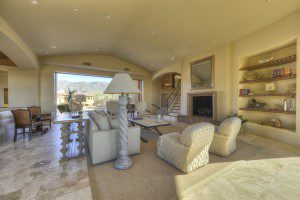 By Joe Szabo, Scottsdale Real Estate Team
After a seller has staged their home and listed it on the market, it’s likely their real estate agent will recommend holding an open house. Home buyers flock to these events for a chance to get a peek inside the closets and stroll through the rooms.
But not everyone who attends open houses is looking to buy. Here are four opportunities open houses present if you’re willing to devote your weekend afternoons to them.
By Joe Szabo, Scottsdale Real Estate Team
After a seller has staged their home and listed it on the market, it’s likely their real estate agent will recommend holding an open house. Home buyers flock to these events for a chance to get a peek inside the closets and stroll through the rooms.
But not everyone who attends open houses is looking to buy. Here are four opportunities open houses present if you’re willing to devote your weekend afternoons to them.
4 Reasons to Go to Open Houses (Even If You’re Not Looking to Buy) By Joe Szabo, Scottsdale Real Estate Team
 By Joe Szabo, Scottsdale Real Estate Team
After a seller has staged their home and listed it on the market, it’s likely their real estate agent will recommend holding an open house. Home buyers flock to these events for a chance to get a peek inside the closets and stroll through the rooms.
But not everyone who attends open houses is looking to buy. Here are four opportunities open houses present if you’re willing to devote your weekend afternoons to them.
By Joe Szabo, Scottsdale Real Estate Team
After a seller has staged their home and listed it on the market, it’s likely their real estate agent will recommend holding an open house. Home buyers flock to these events for a chance to get a peek inside the closets and stroll through the rooms.
But not everyone who attends open houses is looking to buy. Here are four opportunities open houses present if you’re willing to devote your weekend afternoons to them.

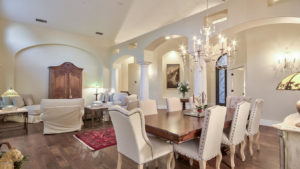
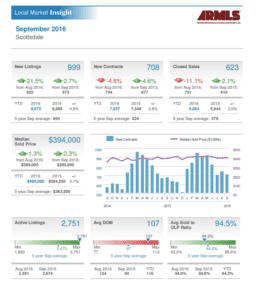
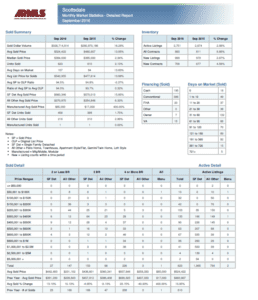 Fall is here and the weather is finally cooling down! Our winter residents are returning to the Valley and we will soon see the influx of welcome visitors and buyers. Let’s take a look at how the real estate market fared in September 2016. New listings are up 21.5% from August with a total of 999 new listings vs. 822 in August. New contracts are down by 4.8% and closed sales are down by 11.1%. The median sale price has gone up from $389,000 in August to $394,000 in September. Keeping up with the current market is always important especially when you’re looking to buy and sell a home. It will be interesting to see where Scottsdale’s market ends up once the election is over. During these up and down activity months it is more important than ever to consult a real estate professional that knows the Scottsdale market.
If you’re considering purchasing or selling a property in Scottsdale give the The Szabo Group a Call – The Real Estate Experts.
We hope that you enjoy reading and analyzing the Scottsdale Luxury Home Report and should you have any questions or comments, please feel free to Contact Joe Szabo at 480.688.2020 or email him directly at
Fall is here and the weather is finally cooling down! Our winter residents are returning to the Valley and we will soon see the influx of welcome visitors and buyers. Let’s take a look at how the real estate market fared in September 2016. New listings are up 21.5% from August with a total of 999 new listings vs. 822 in August. New contracts are down by 4.8% and closed sales are down by 11.1%. The median sale price has gone up from $389,000 in August to $394,000 in September. Keeping up with the current market is always important especially when you’re looking to buy and sell a home. It will be interesting to see where Scottsdale’s market ends up once the election is over. During these up and down activity months it is more important than ever to consult a real estate professional that knows the Scottsdale market.
If you’re considering purchasing or selling a property in Scottsdale give the The Szabo Group a Call – The Real Estate Experts.
We hope that you enjoy reading and analyzing the Scottsdale Luxury Home Report and should you have any questions or comments, please feel free to Contact Joe Szabo at 480.688.2020 or email him directly at 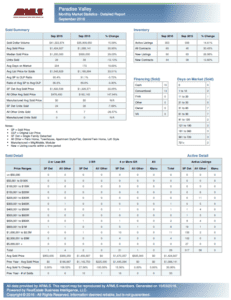
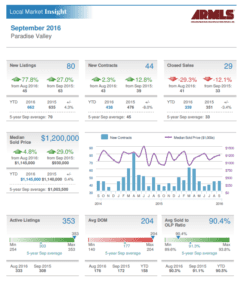 Taking a look at how the real estate market fared in September 2016 we see new listings are up 77.8% from August with a total of 80 new listings vs. 45 in August. New contracts were up 2.3% and closed sales are down 29.3% from August. The median sale went up from $1,145,000 in August to $1,200,000 in September. Keeping up with the current Market is always important especially when you’re looking to buy or sell a home. During these up and down activity months it is more important than ever to consult a real estate professional that knows the Paradise Valley market.
If you’re considering purchasing or selling a property in Paradise Valley give The Szabo Group a Call – The Real Estate Experts!
We hope that you enjoy reading and analyzing the Paradise Valley Luxury Home Report and should you have any questions or comments, please feel free to Contact Joe Szabo at 480.688.2020 or email him directly at
Taking a look at how the real estate market fared in September 2016 we see new listings are up 77.8% from August with a total of 80 new listings vs. 45 in August. New contracts were up 2.3% and closed sales are down 29.3% from August. The median sale went up from $1,145,000 in August to $1,200,000 in September. Keeping up with the current Market is always important especially when you’re looking to buy or sell a home. During these up and down activity months it is more important than ever to consult a real estate professional that knows the Paradise Valley market.
If you’re considering purchasing or selling a property in Paradise Valley give The Szabo Group a Call – The Real Estate Experts!
We hope that you enjoy reading and analyzing the Paradise Valley Luxury Home Report and should you have any questions or comments, please feel free to Contact Joe Szabo at 480.688.2020 or email him directly at 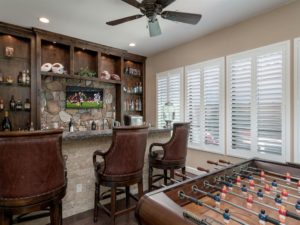 By
By  By
By 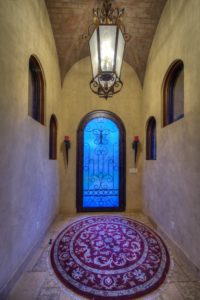 By
By 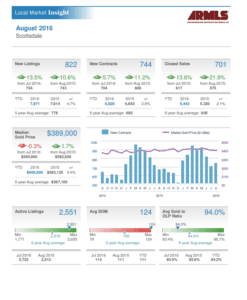
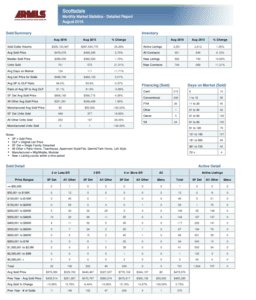
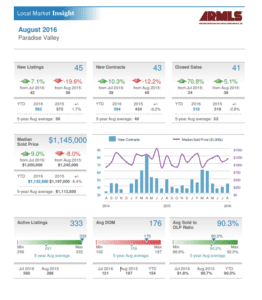
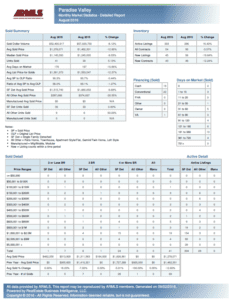 Considering a purchasing or selling a property in Paradise Valley? Call Joe and Linda Szabo – The Real Estate Experts!
We hope that you enjoy reading and analyzing the Paradise Valley Luxury Home Report and should you have any questions or comments, please feel free to Contact Joe Szabo at 480.688.2020 or email him directly at
Considering a purchasing or selling a property in Paradise Valley? Call Joe and Linda Szabo – The Real Estate Experts!
We hope that you enjoy reading and analyzing the Paradise Valley Luxury Home Report and should you have any questions or comments, please feel free to Contact Joe Szabo at 480.688.2020 or email him directly at 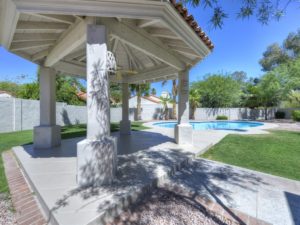 By
By 

